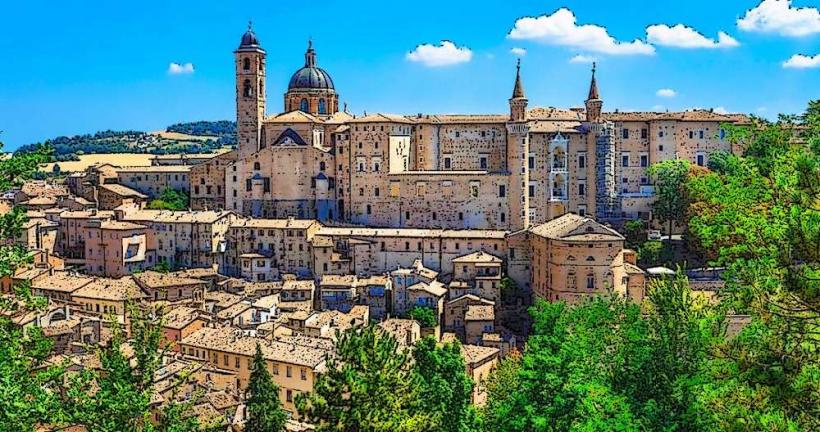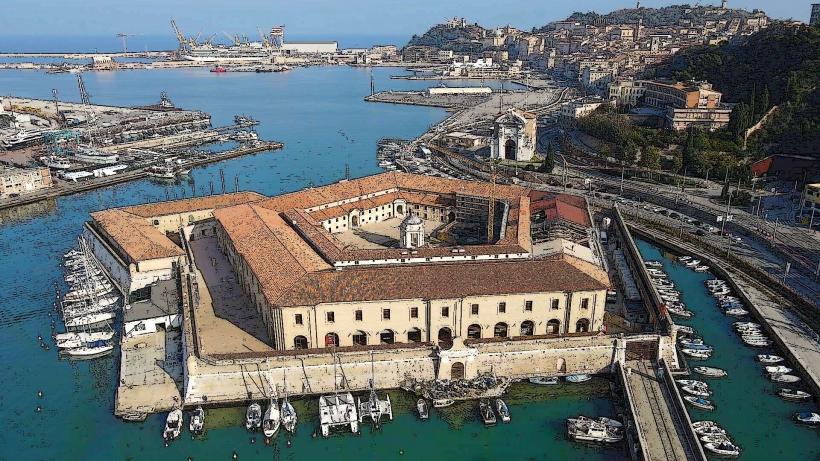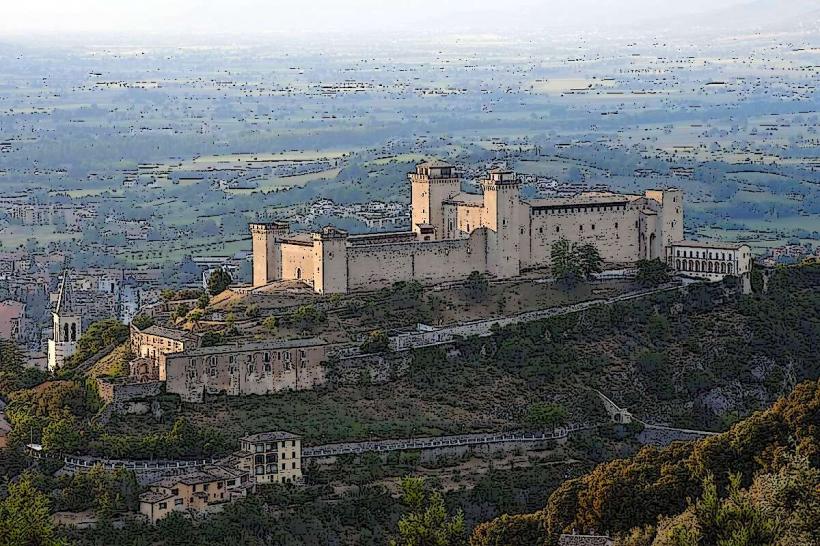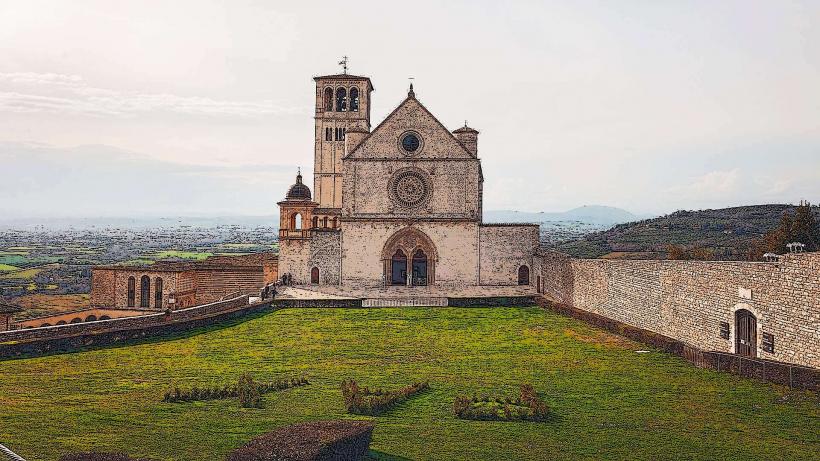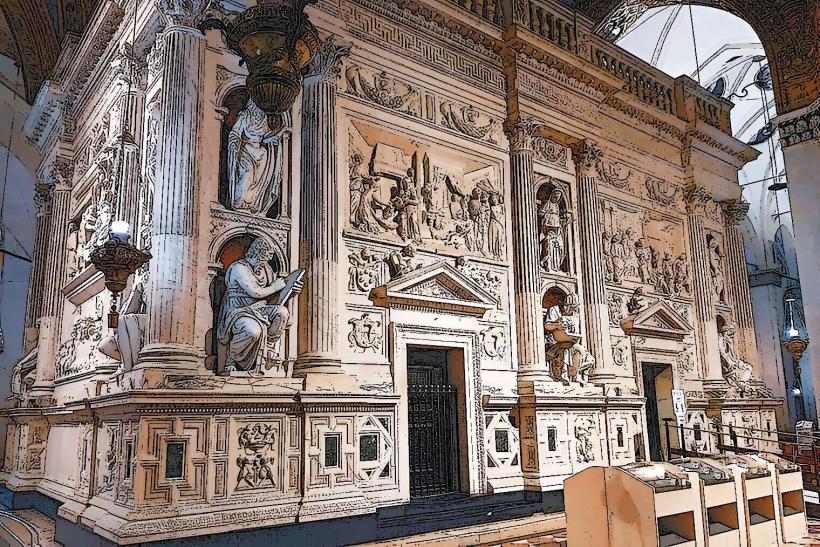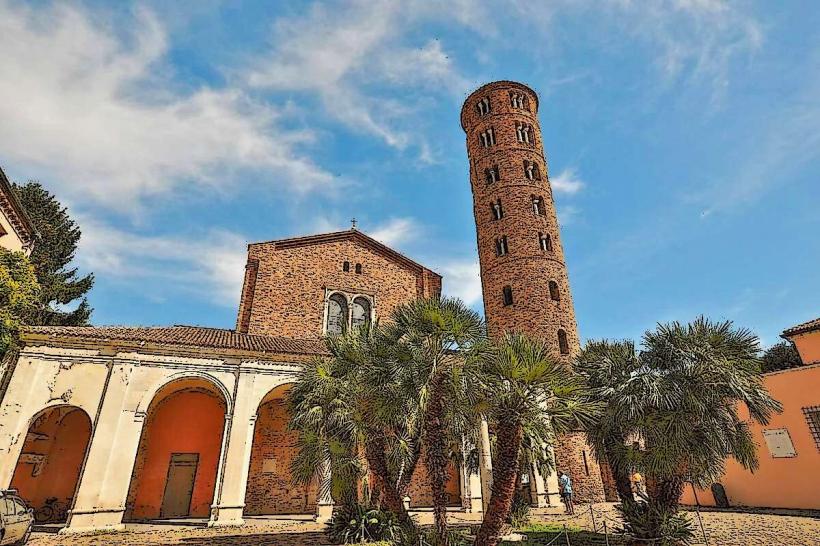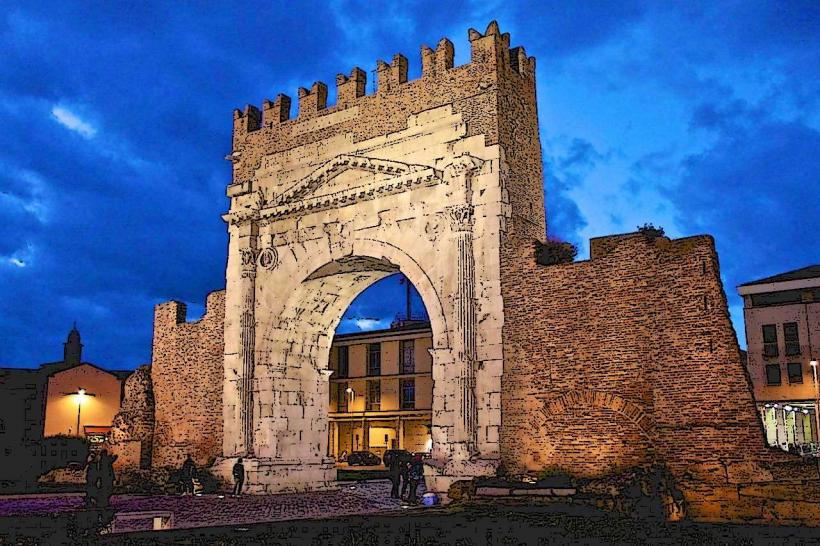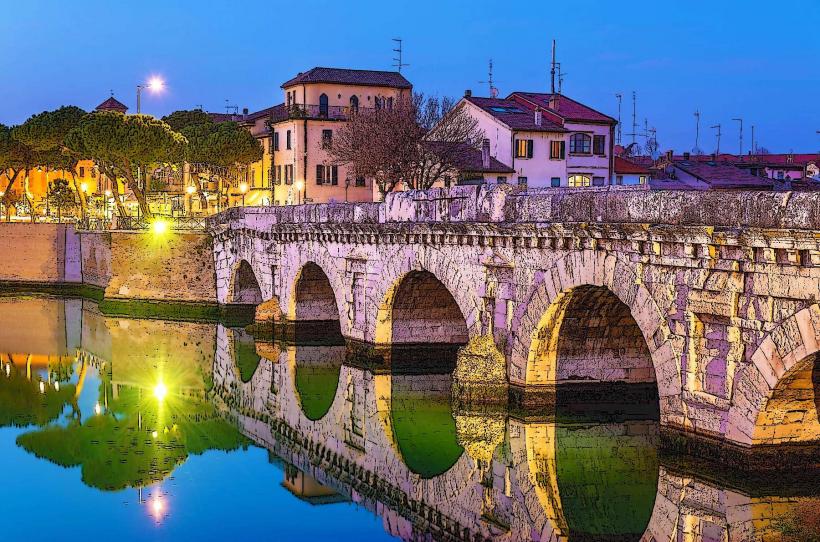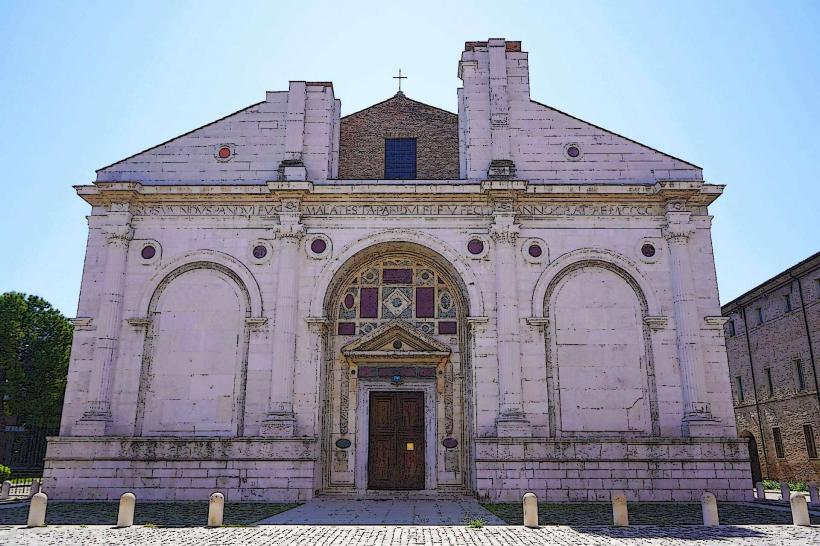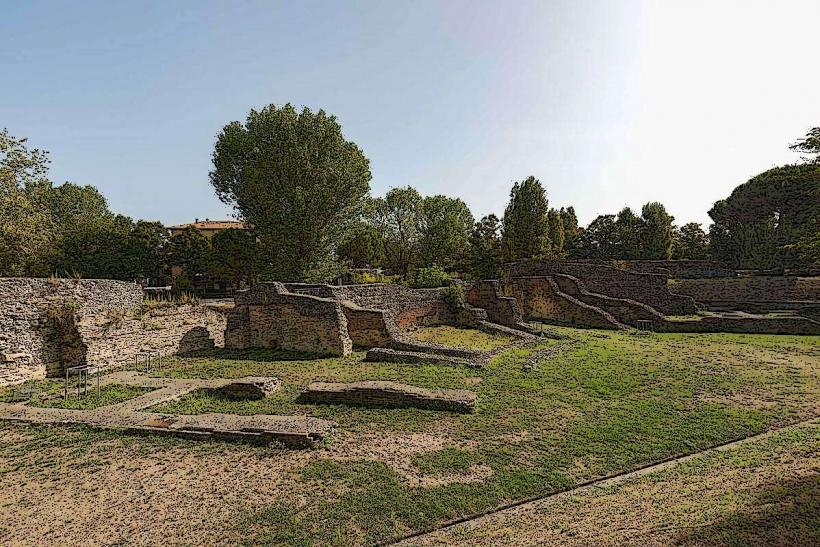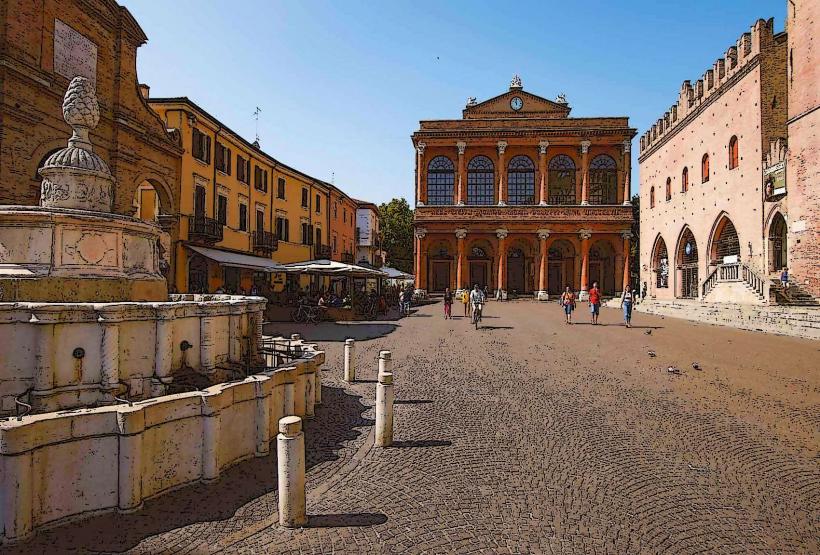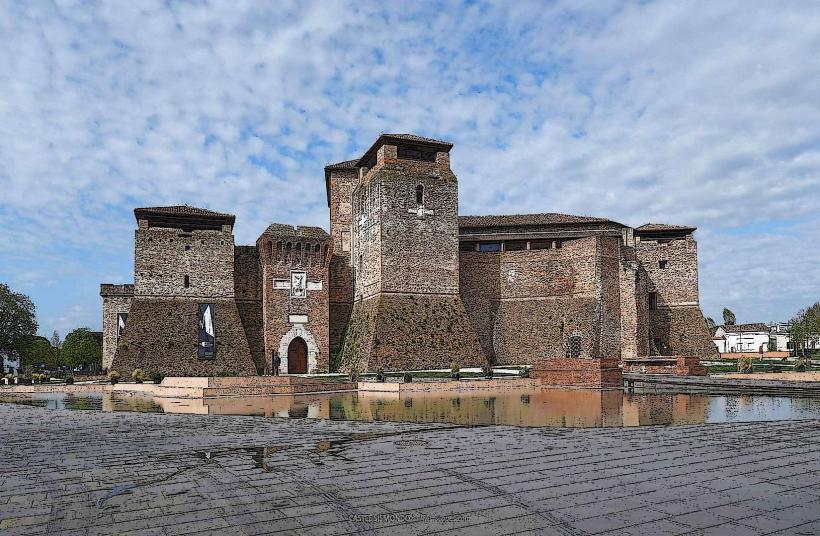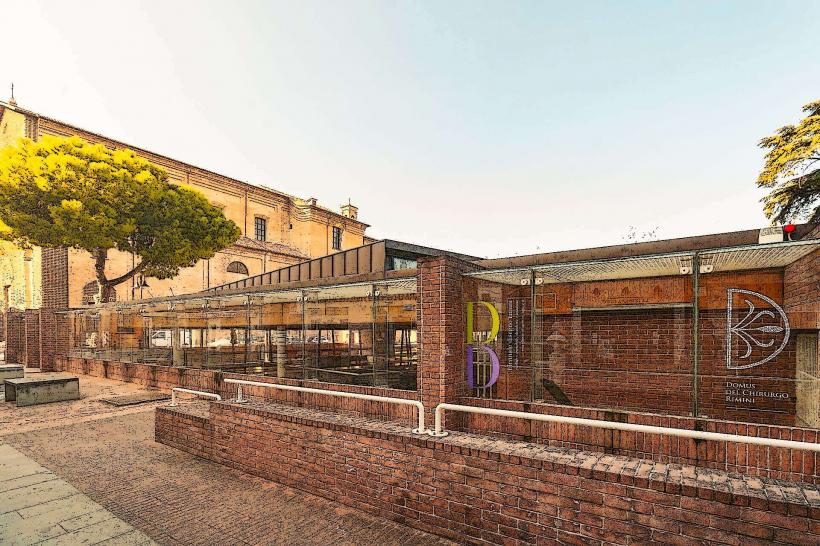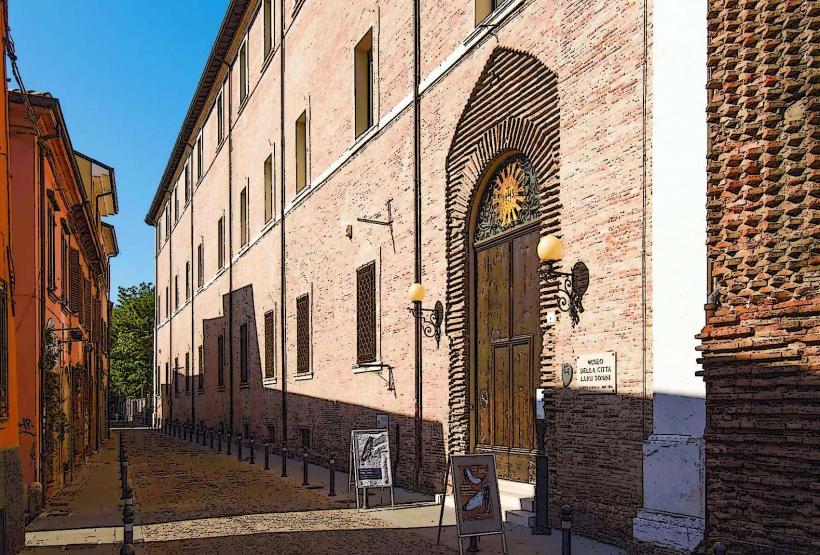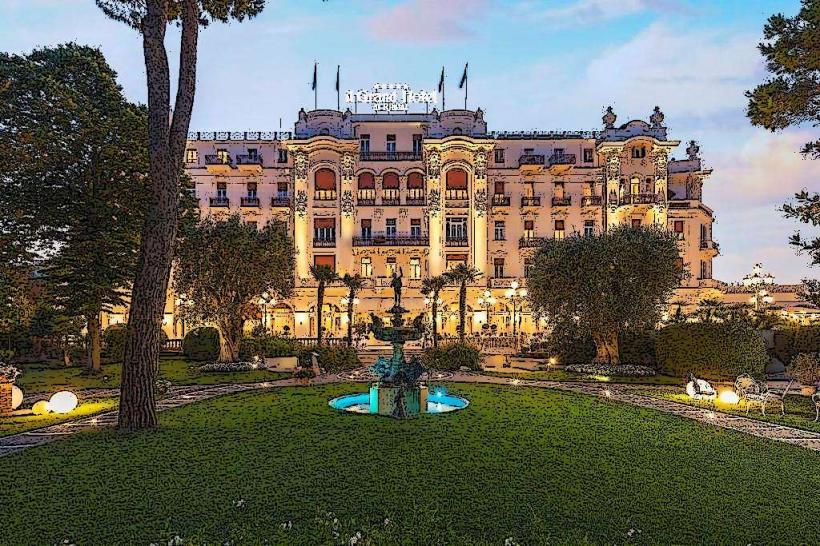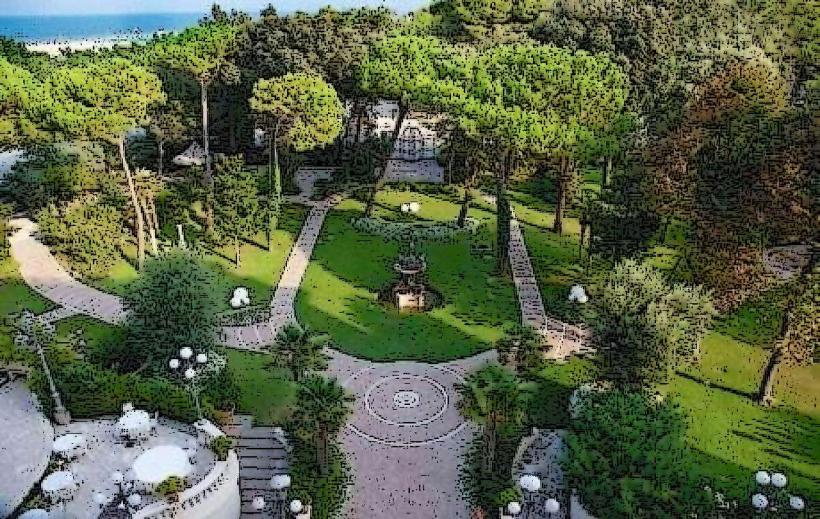Information
Landmark: Piazza Tre MartiriCity: Rimini
Country: Italy
Continent: Europe
Piazza Tre Martiri is a central and historically significant square in Rimini, Italy. Located near the city’s historic center, it is a popular gathering place and an important site for both locals and visitors. The square has witnessed significant events throughout Rimini’s history, particularly during World War II, and is surrounded by several notable buildings, shops, and cafes.
1. Historical Background
- Name and Significance: The name Piazza Tre Martiri translates to "Square of the Three Martyrs," in honor of three local resistance fighters who were executed by the Nazis during World War II. The square is a tribute to their bravery and sacrifice in the face of fascism and occupation. The martyrdom of these three men symbolizes Rimini’s resistance movement during the war.
- World War II: During the Nazi occupation of Italy, Piazza Tre Martiri became a focal point of resistance activities. In 1944, three local partisans were executed by the German forces in this square, which led to the square being renamed in their honor after the war. The site now serves as a reminder of Rimini's contribution to Italy’s resistance against fascism.
2. Architectural Features
- Surrounding Buildings: Piazza Tre Martiri is bordered by several significant historical buildings, many of which reflect the Renaissance and medieval periods. These include:
- Palazzo Gambalunga: This beautiful 16th-century building is located on the edge of the square. It was originally a private residence and is now home to the Library of Rimini (Biblioteca Gambalunga), one of the oldest public libraries in Italy. The building is a fine example of Renaissance architecture.
- Column of St. Francis: In the center of the square, there is a column topped by a statue of St. Francis of Assisi. The column is a symbolic and religious monument, offering a link to Rimini's religious history.
- Shops and Cafes: The square is surrounded by a variety of shops, cafes, and restaurants. It is a lively commercial hub in Rimini, offering both locals and tourists a chance to relax, shop, and enjoy the atmosphere.
3. Cultural and Social Importance
- Historical Events and Celebrations: Over the years, Piazza Tre Martiri has served as a site for public events, celebrations, and demonstrations. The square continues to host civic ceremonies, especially on national holidays and anniversaries related to the Italian resistance movement.
- Symbol of Resistance: As the site of the execution of the three martyrs, the square serves as a symbol of resistance against fascism. It is a point of remembrance and reflection, drawing attention to the sacrifices made during the war. It hosts an annual commemoration to honor the three men and other partisans who fought during the war.
- Public Space for Social Interaction: Like many squares in Italy, Piazza Tre Martiri is a focal point for socializing. It is often filled with locals enjoying their coffee, meeting friends, or simply relaxing in the open air. Its central location makes it a popular place for both residents and tourists to gather.
4. Tourism and Visitor Experience
- Central Location: Piazza Tre Martiri’s location in Rimini’s historical center makes it an excellent starting point for tourists exploring the city. It is close to other key landmarks such as Piazza Cavour, Castel Sismondo, and the Roman Bridge. Visitors can explore the nearby streets, filled with shops, restaurants, and historical sites.
- Shops and Local Products: The square is lined with small boutiques, artisan shops, and local stores selling souvenirs, traditional crafts, and Italian delicacies. Visitors can enjoy browsing the shops and discovering local products.
- Events and Festivals: The square is frequently used for local festivals, markets, and cultural events. It hosts special occasions throughout the year, from seasonal fairs to music performances and public gatherings.
5. Memorials and Monuments
- Monument to the Three Martyrs: In the middle of the square, a prominent monument commemorates the three partisans who were executed by the Nazis. The memorial is an important symbol of the city’s role in the Italian resistance and stands as a powerful reminder of the sacrifices made by these men and others who fought for freedom.
- Piazza as a Place of Remembrance: Visitors to the square can reflect on Rimini’s wartime history and its legacy of resistance. The monument and the square are places where local residents gather to remember the past, particularly during annual ceremonies marking the anniversary of the executions.
6. Modern Role
- Lively Hub: Today, Piazza Tre Martiri serves as a lively and dynamic hub for both locals and tourists. It is a key part of Rimini’s urban life, offering a blend of history, commerce, and social activity. The square remains a central space for civic events, gatherings, and daily life in the city.
- Transportation and Accessibility: The square is well-connected to other parts of Rimini by public transportation, and it is easily accessible for pedestrians. Its central location makes it a key part of Rimini's transportation network, linking the historic areas with the modern city.
7. Nearby Attractions
- Piazza Cavour: Just a short walk from Piazza Tre Martiri, Piazza Cavour is another central square in Rimini, known for its historical landmarks and vibrant atmosphere. It is home to important buildings such as the Palazzo del Podestà and the Teatro Galli.
- Roman and Medieval Landmarks: The square’s proximity to Rimini’s other historical sites, such as the Arch of Augustus, Ponte di Tiberio (Tiberius Bridge), and Malatesta Temple, makes it a perfect starting point for exploring the city's Roman and medieval heritage.
8. Conclusion
Piazza Tre Martiri is both a historical and cultural heart of Rimini, combining a rich past with the energy of modern-day life. It is a place of reflection, especially regarding Rimini's role in the Italian resistance during World War II, while also serving as a vibrant gathering spot for both locals and tourists. Its mix of memorials, historic buildings, and contemporary shops and cafes make it a perfect place to experience the city’s blend of history, culture, and everyday life.

